- About us
- Support the Gallery
- Venue hire
- Publications
- Research library
- Organisation chart
- Employment
- Contact us
- Make a booking
- Onsite programs
- Online programs
- School visit information
- Learning resources
- Little Darlings
- Professional learning
Dame Mabel Brookes (1890-1975), charity worker and social campaigner, grew up in lonely privilege in Victoria. Having been presented at court in London, in 1911 she married St Kilda-born Norman Brookes, the first Australian and the first left-hander to win Wimbledon, whose position with the Red Cross took them to Egypt in World War 1. There, she organised nurses’ canteens, rest homes and concert parties. Back in Melbourne, where the couple lived for the rest of their lives, she wrote a few novels and became involved with the Children’s Hospital Committee. In 1923 she began her 46-year term as president of the Queen Victoria Hospital for Women and in 1926 she took on her 25-year presidency of the Animal Welfare League. She was also president of the Society for the Prevention of Cruelty to Children and involved with the Anglican Babies’ Home. During World War 2 she was active in the establishment of rest and recreation facilities for service personnel. Having seen her two daughters married in glittering style (40 000 spectators are said to have seen her first daughter, Cynthia, emerge from her marriage to Melbourne’s first bachelor Lord Mayor, Harold Gengoult Smith) she began writing history books. She had a substantial collection of Napoleonana; she purchased the land on which he had been incarcerated for the French government, and as a consequence was made a Chevalier of the Légion d’Honneur in 1960. When she died, Sir Robert Menzies paid tribute to her ‘beautiful organising mind’.
Gift of Rodney Davidson AO OBE 2014. Donated through the Australian Government's Cultural Gifts Program.
© Roger Dargie and Faye Dargie
Rodney Davidson AO OBE (1 portrait)
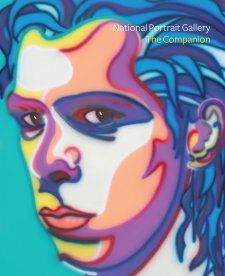
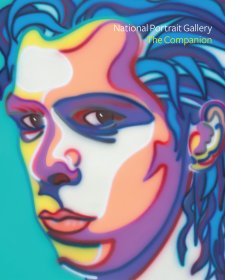
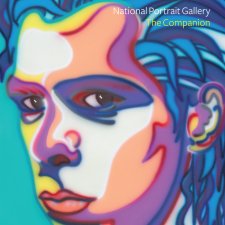
On one level The Companion talks about the most famous and frontline Australians, but on another it tells us about ourselves.
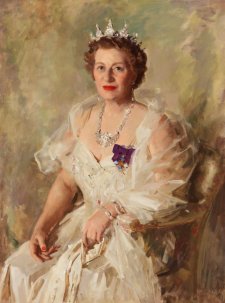
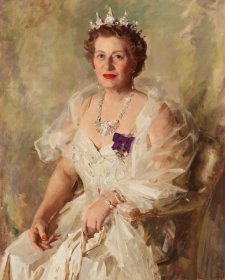
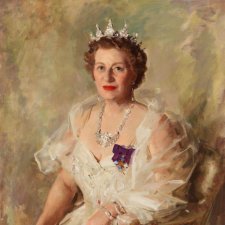
Angus Trumble treats the gallery’s collection with a dab hand.
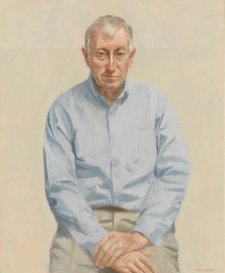
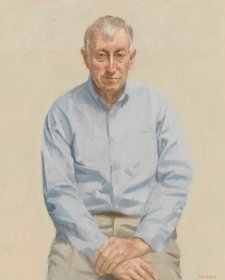
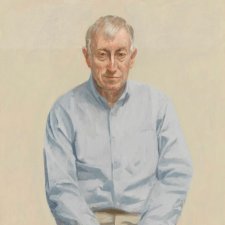
Scientists tend to conjure up images of men in white coats in labs but this is just one stereotype in an evolving history of how we have perceived scientists, and how their profession has been understood over the years.